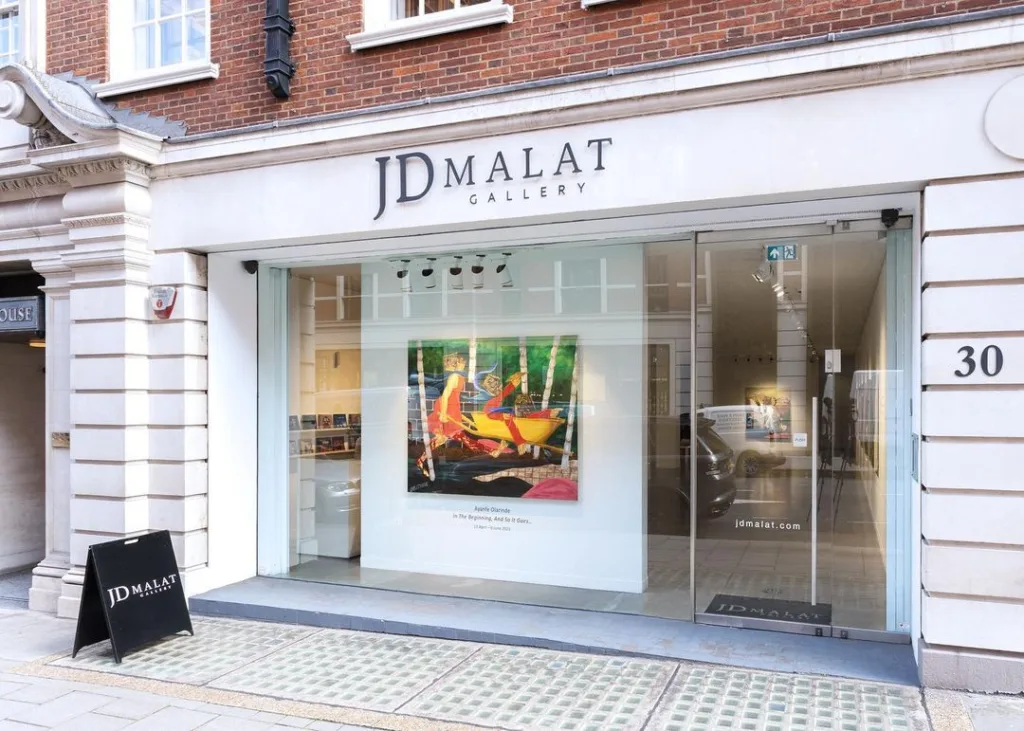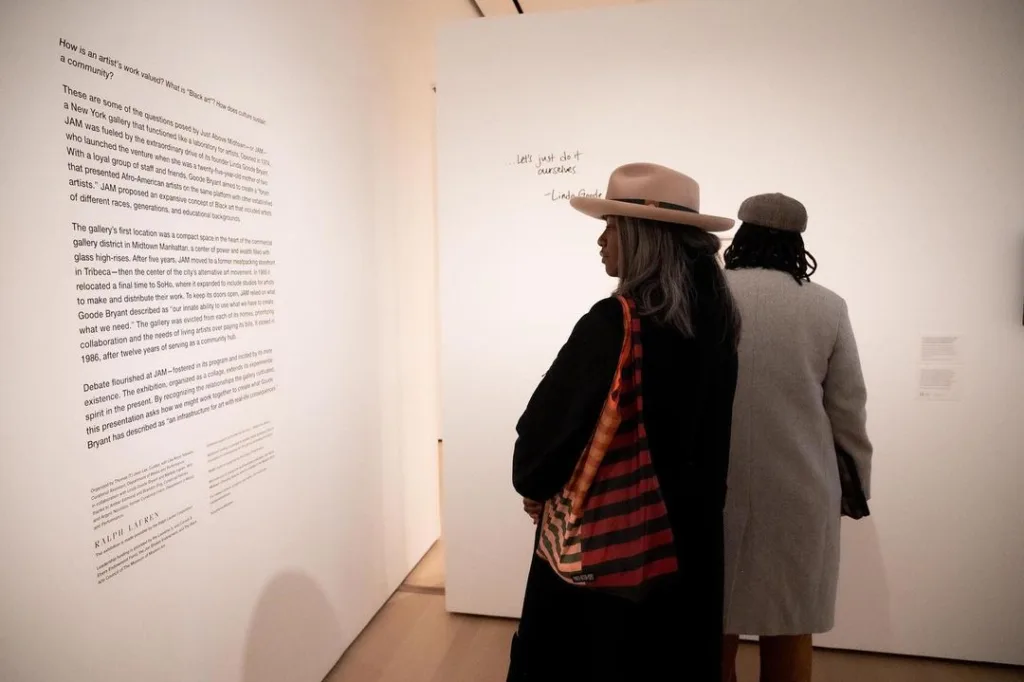“It helps to be honest: Blue-chip institutions like Gagosian or David Zwirner are not exactly on the hunt for unknown talent” – Alexxa Gotthardt via Artsy.

As a young and emerging artist, securing gallery representation can seem like an unattainable goal. While there are numerous paths to success, getting a gallery to show and sell their work to collectors and museums can elevate the artist status, mount successful exhibitions, and maybe even to subsidize the production of their work.
Like the quote suggests, high-end galleries are not exactly looking for artists at the beginning of their careers. When starting out, it is necessary to put in the work to get recognition from smaller scale galleries who are willing to support and represent you locally and internationally. You need to know how to get there if you want a relationship with a dealer who will help and represent you.
After soliciting guidance on practical procedures to obtaining representation from both artists and dealers, and from known medias like Artnet, and Artsy, we have listed tips that might help you land that representation.
Know what you are doing and learn to speak confidently about your work

We hear professionals speak about their practice with confidence and enthusiasm, like they’ve been doing it for centuries.
As an emerging artist, you need to understand the story of your practice before you tell others. If you’re stuck and don’t know what to do, consider your life and how it has influenced you as an artist. Consider how much of yourself is represented in your work and how you may use words to make that story come to life for your audience. How will your works elicit an emotional response from your audience? Consider your own emotions when you were writing a piece; you want to include those feelings into each narrative.
By understanding the what’s and why’s in your art, you can confidently have fluid conversations that are crucial to your success.
According to artsy, Riley agrees: “I want to understand their ideologies and have experiences with them interpersonally. I want to be invested in the discourse surrounding their practice.”
Maintain a presence online

How are you going to sell yourself online if you are not active? Make a personal brand for yourself and post frequently on channels. Inform people if you volunteer, receive honors, or learn something new. Putting oneself out there is the best way to be discovered.
Social networking platforms like Instagram are excellent tools for artists and we cannot dispute the fact that they have helped several artists get recognisitions from galleries and art collectors.They have provided opportunities for networking and exposure that earlier generations just lacked, creating fresh entrances into the field. Yes, you might say artists like Emeka Ogboh and Chibuike Uzoma are not active on these social platforms but thing is, these are people who are already great achievers.
As an emerging artist, you must understand the necessity of these social media platforms. Many gallerists are known to use Instagram as an additional source of information on artists whose work they’re drawn to.
According to Artsy, Lopez was introduced to sculptor Lesley Jackson’s work when she began following him on Instagram. The digital encounter led Lopez to Jackson’s own feed, where he saw a cascade of bright, clean images of her pieces: elegant forms, composed of thin twigs, taut rubber bands, and burning candles, with poetic titles like “Balancing Eternity on Your Knee” and “Conjuring a Rose with the Moon.”
Apply and attend art residencies

One of the best ways to enhance creativity, develop new skills, and expand their artistic horizons is by participating in an art residency program. An art residency is an opportunity for artists to work in a new environment, surrounded by other creative individuals, and to focus solely on their art. Residencies can also be a productive place to make connections and scout artists in person.
According to Craig Drennen, Assistant Professor, Georgia State University; former Dean, Skowhegan School of Painting and Sculpture, Maine, “…residencies place artists in new communal contexts with new peers and mentors from all over the world. I think that all of these factors create an environment where artists can make substantial jumps in their work in a short amount of time.”
Make a subtle introduction to galleries
You have probably heard of an elevator pitch— a quick selling point. Be clear, concise and make sure your are not bombarding potential interests. If you have a gallery you are interested in, familiarize yourself with the gallery scene first and identify a few whose programs you admire. You should become accustomed to those areas. It makes sense to support the gallery’s work first if you are hoping that they will eventually support yours.
If you want to learn more about picking yourself to galleries, read here, Lori McNee’s, ‘7 creative ways to approach an art gallery for representation.’
Attend art shows/exhibitions and connect with like-minds

An art exhibition is essentially the best way to establish the fundamentals for branding, self-understanding, fundraising, networking, future development, public awareness, breaking ground, and so on. Art exhibitions help you learn more about the art of proper installation and presentation. This is something one must learn for sure. You might have an outstanding hold over the concept of art. However, the way you put it out for the viewer sure matters a lot. The form of the exhibition you opt for helps you segregate how different forms of artistic expressions are installed.
As you learn and understand every art exhibition you go to, you are sure to meet someone. It could be a professional artist who could teach you the ropes, a gallerist or an emerging artist you could go on a journey with. One way or the other, you are bound to meet someone valuable. This also gives you a chance to discuss about the exhibition, and perceive the theme in your own way.


